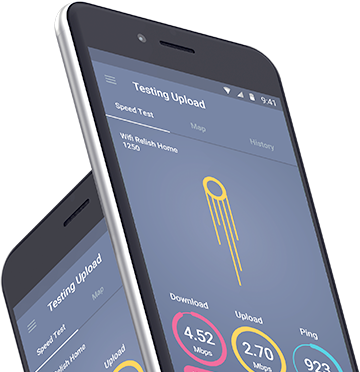In our regional analysis, we compared Australia's five largest cities using our six key metrics. There were quite a few interesting tidbits in our regional results that differed from the national scores.
At a regional level, Telstra wasn’t the undisputed winner in our new Voice App Experience test. Optus tied with Telstra for first place in Voice App Experience in Adelaide, Perth, and Sydney. As we noted in our national results, Voice App Experience is better where there is wide 4G Availability so it’s not surprising that Optus performed better in three of the five biggest cities, where it has likely made considerable investment in its 4G network.
All three operators scored in the 80-point and higher range (on a scale of 1-100) on the Voice App Experience Test in the cities of Adelaide, Brisbane, and Melbourne, with Telstra dropping slightly below 80 points in Perth and Sydney.
In 4G Availability, Optus and Vodafone scored higher than Telstra at a national level but that didn’t happen at the regional level. In Brisbane, Melbourne, Perth and Sydney, Telstra exceeded 94% in 4G Availability for Opensignal users putting it on par or above rivals Optus and Vodafone in those cities.
In Video Experience, Telstra dominated our awards in every city except Melbourne, where it shared the top spot with Vodafone.
In our speed metrics, Telstra was the leader in both Download and Upload Speed Experience in every city. However, we saw some variability in Latency Experience. Optus, which was the winner on a national level, didn’t score the lowest in all cities. In Brisbane and Perth Vodafone achieved a lower latency score than the other operators. And it tied with Optus for the lowest latency in Adelaide.
It’s still early in 5G deployments but we think it’s interesting to note how Australia’s 5G download speeds are evolving even as we continue to measure the country’s 4G download speeds.
Australia delivers one of the fastest 5G network download speeds to Opensignal users. In a recent Opensignal report that analyzed eight countries where 5G has been deployed, we found that our 5G users in Australia saw maximum download speeds of 1.29 Gbps.
Select any region or city below to display individual breakdown



